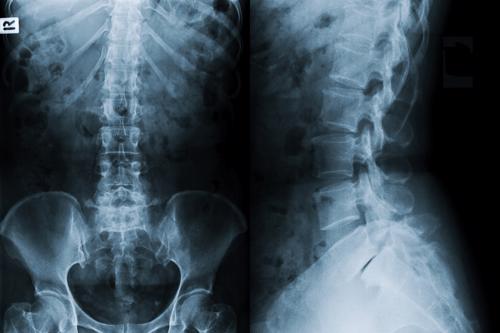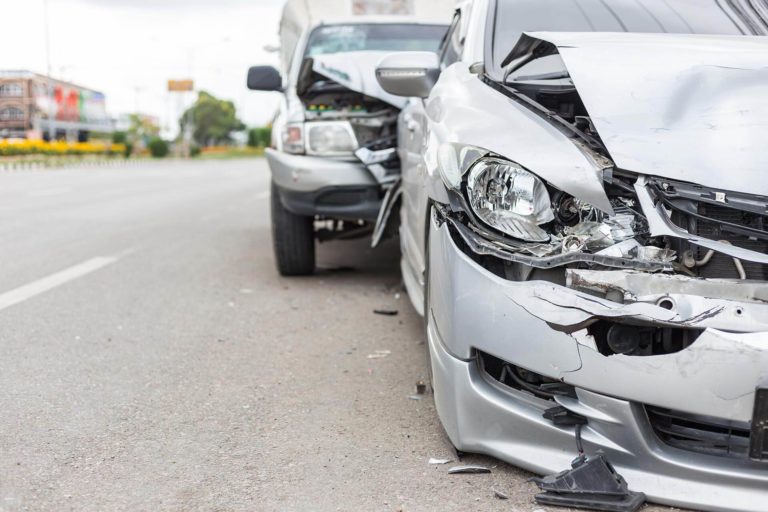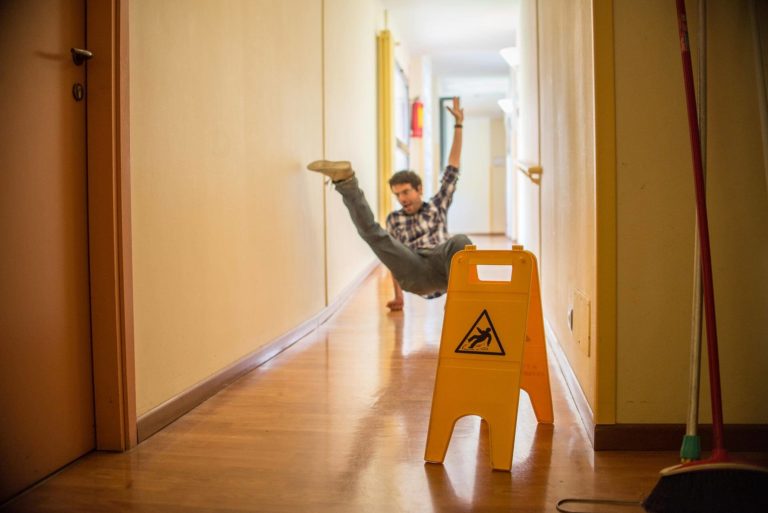There are few events in life more devastating than an injury that causes paralysis. Victims of paralysis that lose the use of their legs are not candidates for prosthetics and must learn to live without the ability to walk. Injuries to the cervical spine can cause paralysis from the neck down, often leaving a person fully conscious of their inability to walk, feed themselves, or even breathe on their own. The psychological consequences can be as severe as the physical limitations and the cost of care is astronomical.
When you’re suffering from spinal cord injuries and/or paralysis due to the negligence, recklessness, or intentional act of another person, it’s possible for victims to collect a substantial amount of compensation. An experienced Orange County spinal cord injury lawyer can help you collect money for medical expenses, current, and future lost earnings, pain, suffering, and mental distress. Call the Crockett Law Group today to schedule your free consultation with a personal injury attorney and learn more.
 When the injury is at C-7, there is generally use of the arms and hands, but with limited dexterity in the fingers. Thoracic spine injuries will limit or negate leg control but sitting balance can be maintained. The location of the injury and the degree of severity if it’s incomplete will result in unique disabilities for every victim.
When the injury is at C-7, there is generally use of the arms and hands, but with limited dexterity in the fingers. Thoracic spine injuries will limit or negate leg control but sitting balance can be maintained. The location of the injury and the degree of severity if it’s incomplete will result in unique disabilities for every victim.
Table of Contents
What Is a Spinal Cord Injury?
A spinal cord injury is a trauma that causes a loss of function, such as feeling or mobility. This is a much more serious injury than a back or neck injury that only impacts the bones, or soft-tissue injury of the vertebrae because damage to the spinal cord is usually not reversible. There are close to 20,000 accidents each year that cause spinal cord injuries, that’s about 50 a day. The major causes of spinal cord injuries are car accidents, falls, and sports accidents. Nearly 80% of the victims are men.What Are the Types of Orange County Spinal Cord Injuries?
There are two main types of spinal cord injuries – “complete” and “incomplete.” A “complete” is one where injury there is no function whatsoever below the level of the injury. This means that there is no sensation and no voluntary movement on either side of the body. An “incomplete” injury is one where there is some function below the area where the spinal cord damage occurred. A person with an incomplete injury may have sensation or function in one body part, but not another. Advances in medical science are increasingly able to restore sensation and function to victims of incomplete spinal cord injuries.What Happens If Your Spinal Cord Is Damaged?
The loss of function from a spinal cord injury depends greatly on what vertebrae is damaged. For example, injuries above the C-4 level usually require the use of a ventilator for the person to breathe. The lower the injury on the spine, the more areas that will remain functional. Shoulder and biceps control are usually retained in injuries at C-5 but without control of the hand or wrist. When the injury is at C-7, there is generally use of the arms and hands, but with limited dexterity in the fingers. Thoracic spine injuries will limit or negate leg control but sitting balance can be maintained. The location of the injury and the degree of severity if it’s incomplete will result in unique disabilities for every victim.
When the injury is at C-7, there is generally use of the arms and hands, but with limited dexterity in the fingers. Thoracic spine injuries will limit or negate leg control but sitting balance can be maintained. The location of the injury and the degree of severity if it’s incomplete will result in unique disabilities for every victim.
What Causes Spinal Cord Injuries?
Most spinal cord injuries are caused by car accidents, falls from heights, and sports accidents. Drunk drivers, distracted drivers, and high speeds are the most common cause of these catastrophic injuries. The type of vehicle can also be a factor, making spinal cord injuries from SUV, truck, and bus accidents more common than when two smaller vehicles collide. Head-on collisions double the combined speed of the vehicles, increasing the likelihood of a spinal cord injury, and rollovers cause victims’ bodies to contort in a very damaging manner. Falls from heights into holes are the cause of most spinal cord injuries on construction sites, and contact sports such as football are more likely than other activities to cause injuries to the spine.Can Spinal Cord Injuries Heal?
Spinal cord injuries themselves cannot be repaired, but there are things that can be done to treat the victim, save their life, and improve function. The first order of business is usually to ensure that breathing continues with assistance and that damage to the spinal cord can be mitigated as much as possible. For example, if an object or part of the body is putting pressure on an incomplete spinal cord injury, immediate surgery may be able to reduce the amount of damage to the cord. After all acute care has been accomplished, there is usually a lifelong need for rehabilitation and treatment for the following common comorbidities:- Urinary tract infection and Incontinence
- Pressure sores
- Pneumonia
- Blood clots
- Chronic pain
- Depression



